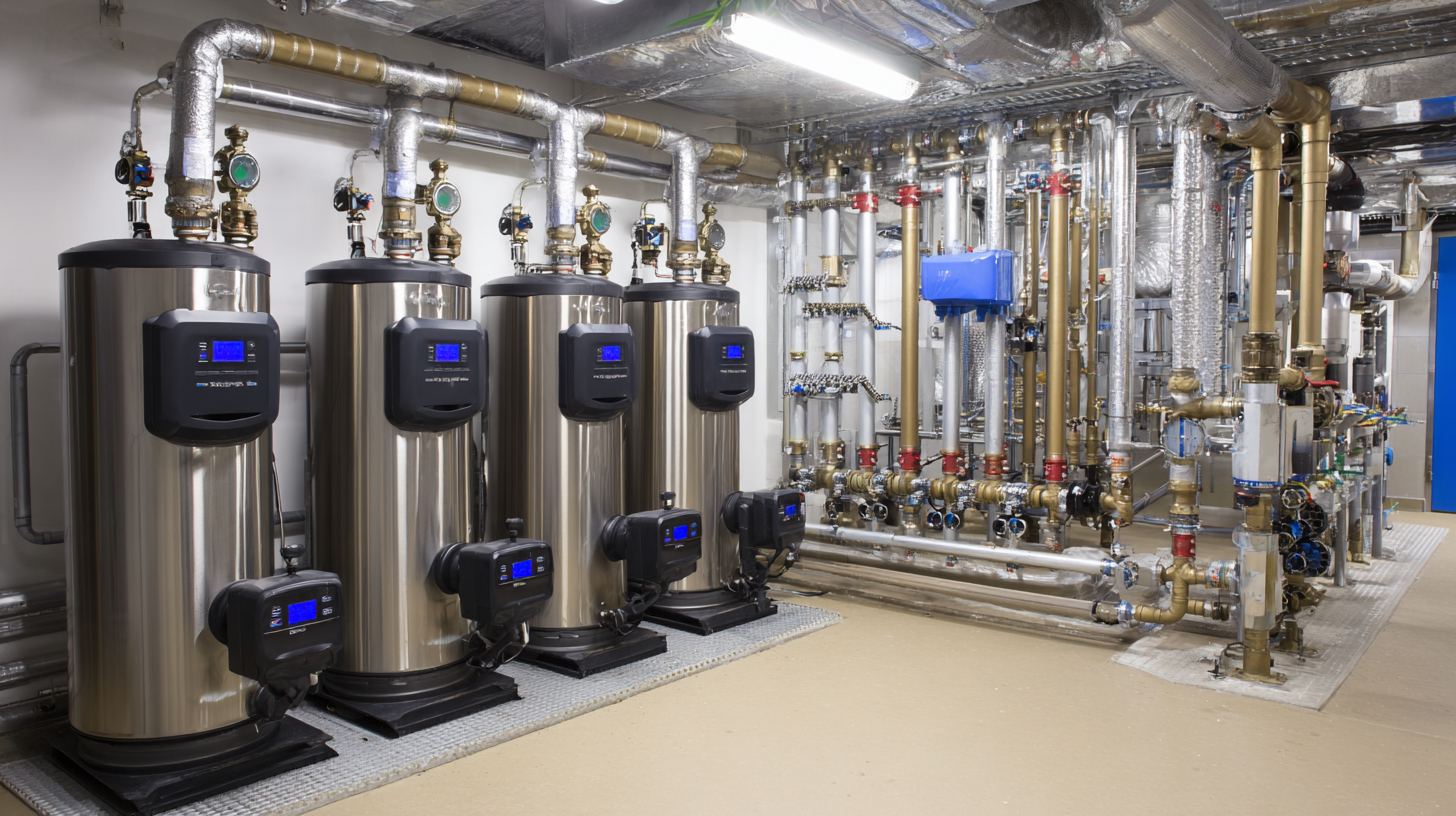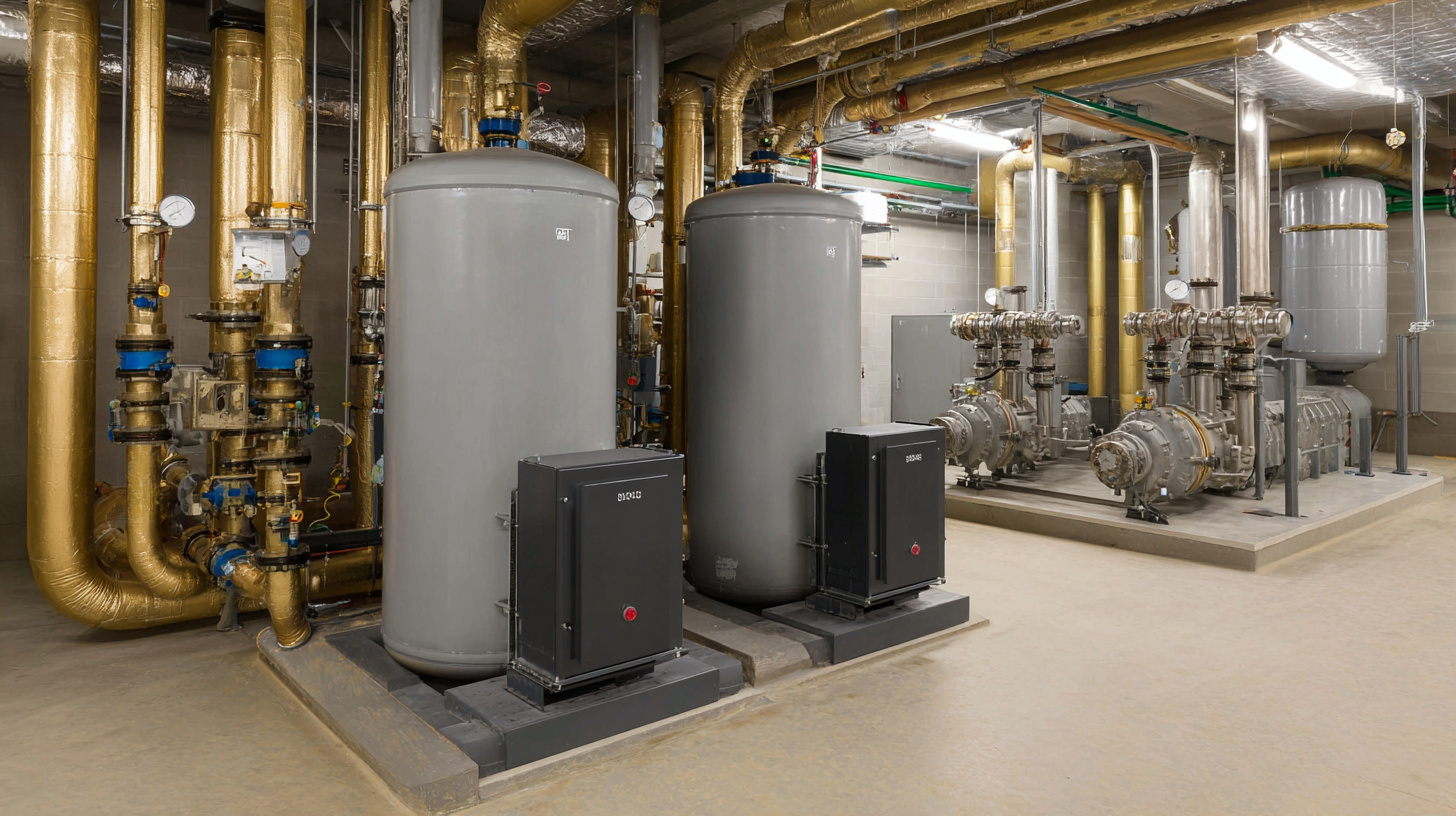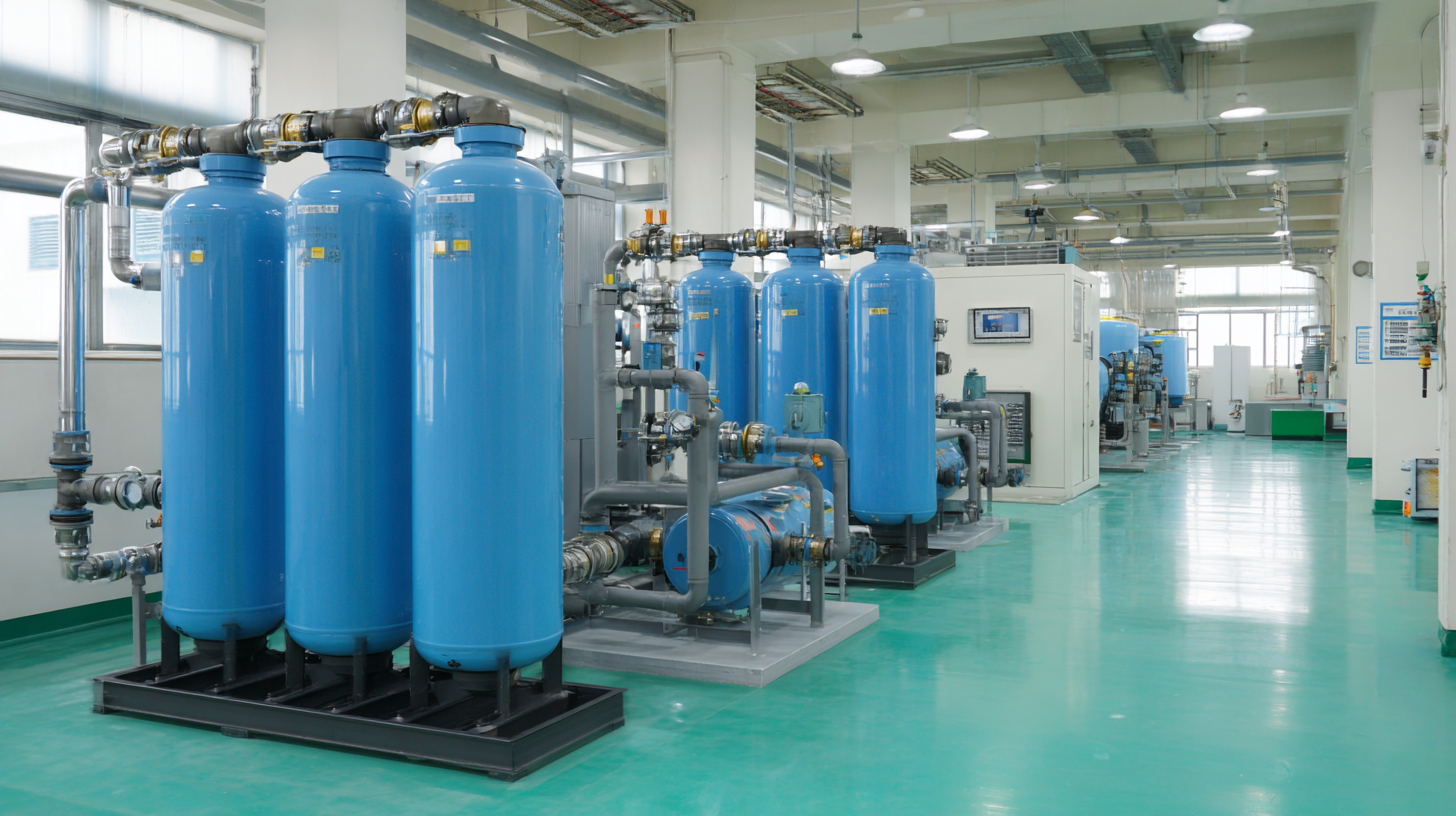7 Compelling Reasons to Choose the Best Side Stream Filtration for Your Heating System
In the ever-evolving landscape of heating systems, the emphasis on efficiency and sustainability has never been greater. According to the latest market reports, the global heating system industry is anticipated to witness substantial growth, with side stream filtration for heating systems emerging as a pivotal solution in enhancing performance and longevity. A significant study by the American Society of Heating, Refrigerating, and Air-Conditioning Engineers highlights that implementing effective filtration systems can improve energy efficiency by up to 15%, while also reducing maintenance costs.
As the demand for cleaner and more efficient heating solutions grows, understanding the advantages of side stream filtration becomes essential for both residential and commercial applications alike. This blog will explore seven compelling reasons why investing in the best side stream filtration for your heating system is not just beneficial, but imperative for optimal operation and cost savings.

Understanding the Importance of Side Stream Filtration in Heating Systems
Side stream filtration plays a vital role in maintaining the efficiency and longevity of heating systems. According to a recent study by the American Society of Heating, Refrigerating and Air-Conditioning Engineers (ASHRAE), poorly maintained systems can lose up to 20% of their efficiency due to sediment buildup and corrosion. By incorporating side stream filtration, systems can effectively remove particulate matter and contaminants from the water, thereby significantly reducing the risk of fouling and degradation of system components.
Furthermore, the Department of Energy (DOE) reports that regular maintenance, including filtration, can extend the lifespan of heating systems by an average of 7-10 years. This not only translates into substantial cost savings for facility operators but also contributes to increased energy efficiency, helping to reduce overall operational costs. By actively managing water quality through effective side stream filtration, facilities can ensure that their heating systems operate smoothly and efficiently, protecting their investment and maintaining optimal performance levels across the board.
7 Compelling Reasons to Choose the Best Side Stream Filtration for Your Heating System
| Reason | Description | Benefits |
|---|---|---|
| Enhanced Efficiency | Removes impurities from the heating system. | Improves overall system efficiency and reduces energy costs. |
| Extended Equipment Life | Prevents scale and corrosion within heating systems. | Increases the lifespan of heating equipment, lowering replacement costs. |
| Consistent Performance | Ensures steady operation of the heating system. | Reduces the risk of system failures and maintenance interruptions. |
| Reduced Environmental Impact | Lower emissions through improved combustion efficiency. | Contributes to sustainability and energy conservation efforts. |
| Cost Savings | Operational savings from reduced energy consumption. | Decreases overall operational costs over time. |
| Improved Safety | Minimizes risks associated with system failures. | Enhances safety for personnel and facilities. |
| Easy Maintenance | Simplifies regular cleaning and servicing of the system. | Saves time and labor costs during maintenance activities. |
Key Benefits of Implementing High-Quality Filtration Solutions
In today's energy-conscious world, implementing high-quality filtration solutions in your heating system is essential for optimal performance and efficiency. One of the primary benefits of side stream filtration is its ability to significantly reduce the buildup of pollutants and debris, which can lead to costly repairs and inefficiencies. By maintaining cleaner water flow, these filtration systems help your heating equipment operate smoothly, prolonging its lifespan and ensuring consistent and reliable heating for your space.
Moreover, high-quality filtration enhances energy efficiency. When the system is free from contaminants, it requires less energy to maintain the desired temperature, resulting in lower utility bills. This not only contributes to savings in operational costs but also to a more environmentally friendly operation, reducing your carbon footprint. By investing in superior filtration, facility managers can achieve a dual benefit: enhanced system performance and substantial energy savings, making it a smart choice for both financial and ecological reasons.
7 Compelling Reasons to Choose the Best Side Stream Filtration for Your Heating System
How Side Stream Filtration Enhances Energy Efficiency
Side stream filtration plays a crucial role in enhancing the energy efficiency of heating systems. According to a report from the U.S. Department of Energy, incorporating effective filtration can lead to energy savings of 10% to 30% in HVAC operations. This result is primarily due to the reduction of scale and sediment accumulation, which can impair heat transfer efficiency. By continuously removing impurities from the system, side stream filters help maintain optimal thermal performance, ensuring that heating systems operate more smoothly and consume less energy.
Moreover, research from the National Renewable Energy Laboratory highlights that systems with side stream filtration demonstrate not only improved energy efficiency but also prolonged equipment lifespan. By mitigating corrosion and fouling, which are major contributors to system degradation, these filters can extend the operational life of heat exchangers and pumps. This not only reduces replacement costs but also decreases the overall environmental impact by minimizing waste. Ultimately, investing in side stream filtration not only enhances energy performance but also promotes sustainable practices within heating system management.

Comparative Analysis: Different Types of Side Stream Filters
When evaluating side stream filtration options for heating systems, it’s crucial to understand the different types available on the market. Each variety comes with its unique set of features and benefits, making them suitable for specific applications. For instance, bag filters are known for their efficiency in capturing large particles, making them ideal for systems where sediment is a concern. However, they may require frequent replacements and maintenance to keep the system operating optimally.
On the other hand, cartridge filters offer a higher level of filtration and are capable of removing smaller particles, which can prevent system corrosion and improve water quality. While they might come at a higher upfront cost, their longevity and reduced maintenance needs can make them a more economical choice over time. Another option, magnetic filters, excel at removing ferrous debris, providing an extra layer of protection for your heating system. Understanding these differences is key to making an informed decision for your heating system's side stream filtration needs, ensuring efficiency and prolonging equipment life.
Best Practices for Selecting the Right Filtration System for Your Needs
When selecting the right side stream filtration system for your heating system, the first step is to assess your specific needs. Consider factors such as the size of your system, water quality, and the types of contaminants present. A thorough analysis will help you understand what type of filtration media—such as cartridge filters, bag filters, or self-cleaning filters—will be most effective for your application. Look for systems that can handle the flow rate required by your heating system without causing bottlenecks or reductions in efficiency.

Another best practice is to evaluate the compatibility of the filtration system with your existing infrastructure. Ensure that the filtration unit can integrate seamlessly into your heating setup without extensive modifications. Additionally, consider maintenance requirements; choose a system that allows for easy access to filters and components, thus minimizing downtime and operational interruptions. Focusing on these aspects will ensure that you choose a filtration system that not only meets your immediate needs but also enhances the longevity and performance of your heating system.